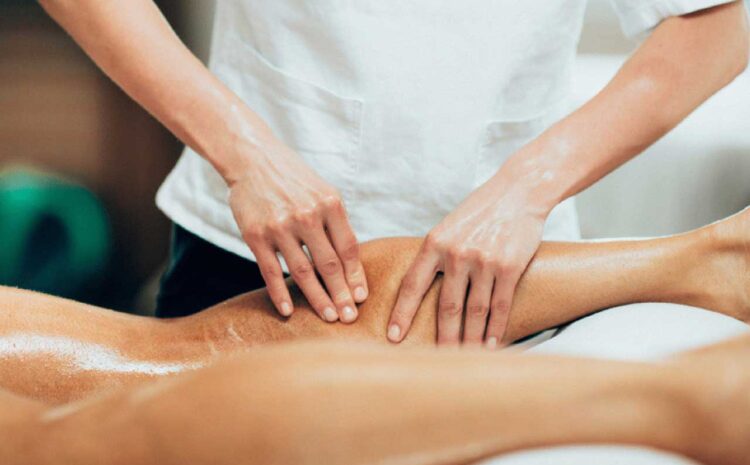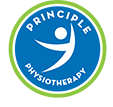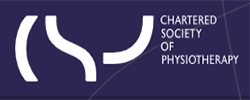
Muscle strains and the benefits of sports massage
Whether you are an athlete, gym goer or keen gardener, we are all aware that generally being active is good for your body and mind. Unfortunately, with any physical activity there is always the risk of injury. Whether it is from a one-off intensive session or from overuse.
A muscle strain (also called a torn or pulled muscle) can occur suddenly (acute) or develop over time (chronic). It is the most common injury to muscles and can affect muscles such as the quadriceps, hamstrings, and calves. A strain can occur in different areas of the muscle, most of which occur in the muscle belly. Another common area is the junction between the muscle and the tendon (musculotendinous junction). Strains are graded 1 (mild), 2 (moderate), and 3 (severe), ranging from mild pain with no loss of muscle function to severe pain and total loss of muscle function.
Causes of acute strains include: lifting heavy objects, running, throwing or falling.
Causes of chronic strains include: activities that involve repetitive movements such as rowing, tennis, sitting or standing in awkward positions for prolonged periods of time.
When muscle or tendon fibres become torn or damaged through overloading or strain, the inflammatory response is initiated. This floods the area with fluid containing white blood cells which carries away damaged debris and brings fibroblasts to create collagen fibres to begin repairing the injured tissue. This influx of inflammatory cells and fluid causes swelling, pain and helps to limit movement.
Other negative effects associated with a muscle strain include:
1. Bruising
2. Muscle spasms or cramping
3. Muscle weakness
4. Limited movement in the area
So how can sports massage help?
Sports massage is a form of treatment which includes deep tissue massage, stretching, muscle activation and relaxation. It is a very effective way of preventing and treating sports injuries. After the first 72 hours of any muscle strain, massage can be performed. The preferred intervention before this is known by the acronym POLICE (Protect, Optimal Loading, Ice, Compression and Elevation). If massage is performed too soon it can have the opposite effect and can worsen the injury.
As the injury starts to heal massage is an invaluable tool to ensure that the newly forming scar tissue is strong and pliable, to limit the formation of adhesions between fascial sheaths, to promote circulation, alleviate swelling, pain and to restore range of motion.
Using a variety of techniques such as effleurage, kneading, wringing, compressions, hacking, frictions, and trigger points; massage helps to deliver more oxygen and fresh nutrients to soft tissues. Waste products are also removed at the same time via the lymphatic system through to the circulatory system. With these techniques this reabsorption can occur more quickly, thus increasing the healing rate of damaged tissues, and shortened recovery time. The total recovery time will also depend on the severity of the strain, location, and overall health of the person.
Massage also helps maintain muscle health, which will help to prevent further injury, as the muscles are less likely to weaken and fatigue.
Therefore, massage plays an important part in injury rehabilitation allowing you to return to normal daily activities, exercise, and sport.
Many thanks for reading.
Written by Emma Gray,
Sports Massage Therapist




